Nissan Finds the 2018 Rogue Hybrid, Gives It a Sticker Price

The crossover Rogue Hybrid appeared last year, teaming a 2.0-liter engine and 30kW electric motor that made 176 net horsepower and worked in concert to achieve the magical 35 mpg figure. For what it’s worth, the regular Rogue makes 170 horses out of its 2.5-liter inline-four. We feel confident your day has been enriched with this critical information.
Nissan has now announced pricing for the 2018 model, along with a few tech updates. The sticker jumps northward a few dollars and is similar to its chief rival, the Toyota RAV4 Hybrid — but with one significant difference.
Available in two flavors, SV and SL, the Rogue Hybrid is offered as either a front- or all-wheel drive unit, starting at $27,020 sans destination fee for the front driver. This is in contrast to the RAV4, a machine that sends power to all four corners as standard equipment and carries an MSRP of $27,135 in base trim. That means shoppers can buy an all-wheel drive RAV4 Hybrid for only $115 more than a front-drive Rogue Hybrid.
There’s your significant difference mentioned before the jump, as it is not a lot of extra shekels for double the traction at a Toyota store. Adding AWD to the Rogue Hybrid SV juices the price to $28,370, a $1,235 walk from the RAV. You may recall those prices at the Toyota dealership have been freshly reduced.
Like the standard Rogue, the 2018 Rogue Hybrid features a few extra electronic toys. Apple CarPlay and Android Auto are now on board, as is a standard motion-activated liftgate on the SL — previously only available to those snooty SV buyers. Elitists. They will also enjoy adaptive cruise and all manner of driving aids. And, oh yeah, Nissan managed to find another USB port for the Rogue Hybrid. Heady stuff, here, folks.
The RAV4 Hybrid does top out at a much higher price than the Rogue Hybrid, running from the base model through to XLE and SE trims before landing at a $34,030 Limited model. The costliest Rogue Hybrid is a $33,730 SL AWD trim. I’d compare the equipment levels between the Toyota and Nissan but, as Steph noted the other day, it appears nowhere on the Nissan consumer website.
When it went on sale in ‘08, the Rogue sold 75,053 copies in America. Sales have soared, reaching 403,465 last year. Only the RAV found more buyers in the American compact crossover market, but not by much – the difference was merely a few thousand units.
The Rogue Hybrid is built alongside its pals at Nissan’s plant in Smyrna, Tennessee. In a twist, Nissan is first shipping it to dealers in four select market regions – West, Northwest, Mountain, and Mid-Atlantic. I guess Florida Man is out of luck.
[Images: Nissan]

Matthew buys, sells, fixes, & races cars. As a human index of auto & auction knowledge, he is fond of making money and offering loud opinions.
More by Matthew Guy
Latest Car Reviews
Read moreLatest Product Reviews
Read moreRecent Comments
- Dale Quelle surprise.
- 3SpeedAutomatic Nice looking, but IIRC, there was an issue with these engines where a knock would develop. That may account for the very low milage. 🚗🚗🚗
- Redapple2 Used to watch F 1 a great deal. Now? F1 Random thoughts:1 Silly rules bug me. Must use 2 types of tire. Cant refuel. Drag reduction can only be used in certain areas of the track and only if you are so close to the car in front.2 Passing is rare. Pole sitter wins a high % of the time.3 A new team can only start in F1 if they get the blessing of the overlords. Evil gm Vampire was barred. How about this. Anybody with a car that meets the construction rules can try. If your speed qualifies and you pay the entry fee. You re in. So is anybody else. 4 I tune in for Martin Brundle's grid walk. In my life, it s must see tv. But he is often bumped or cancelled. Grid walk takes place 1 out of 3 or 4 races.5 So, because of this utter bull sheet and other points, I ve migrated to IMSA and MotoGP. I might catch a summary on the youtube.
- Redapple2 I retract my comments and apologize.
- Flashindapan I always thought these look nice. I was working at a Land Rover dealership at the time the LR3 came out and we were all impressed how much better it was then the Discovery in just about every measurable way.



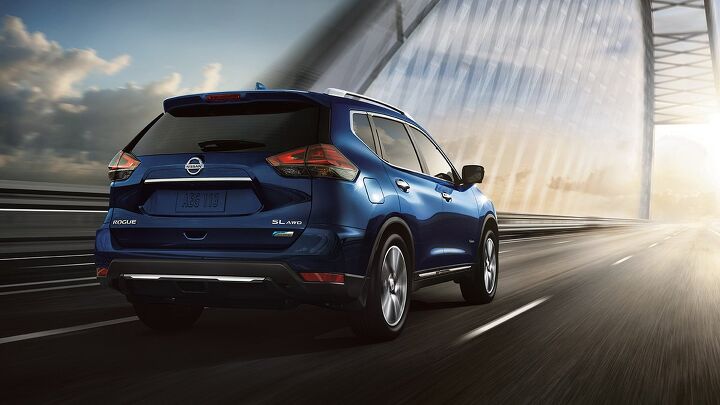

















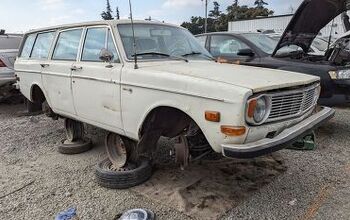
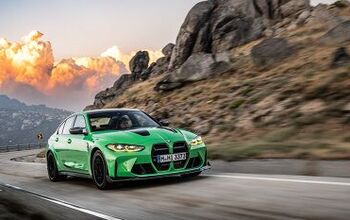

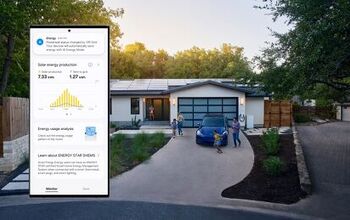


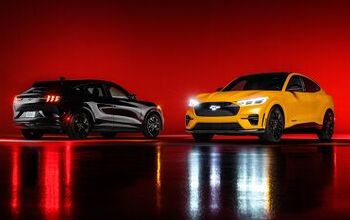
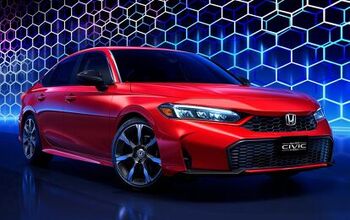
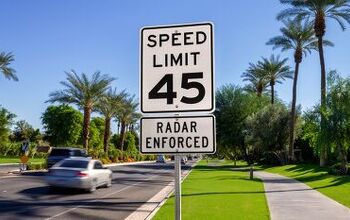
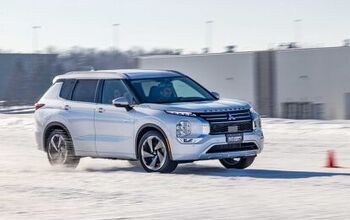
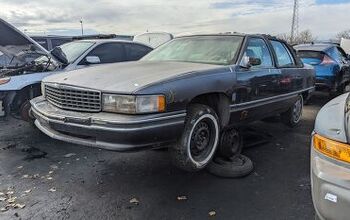
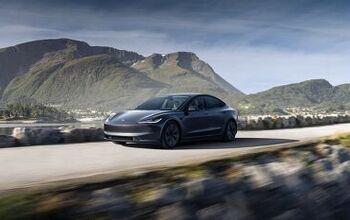
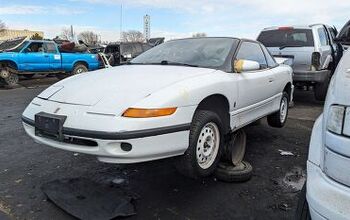
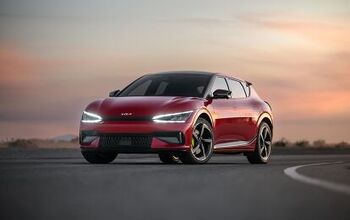
Comments
Join the conversation
And considering how the 2019 Camry hybrid made a huge leap in efficiency vs the 2018, I am expecting a substantial improvement in the RAV 4. We will know soon.
"The costliest Rogue Hybrid is a $33,730 SL AWD trim" There is typo here. Costliest Rogue Hybrid is 27,500 in SL AWD trim including Nissan rebates. MSRP in Nissan world means only poor suckers pay anywhere near that price.